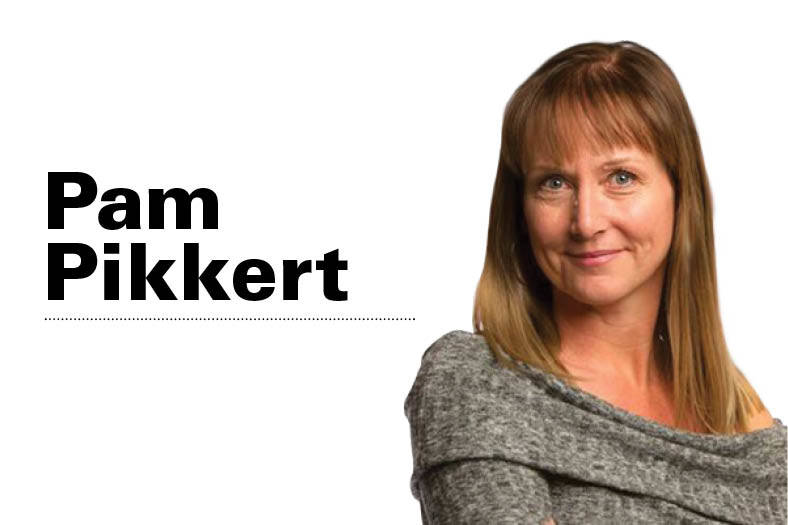It seems like we have been here before doesn’t it.
The price of oil is falling causing local business to stagnate and lay off slips to be sent.
Governmental changes in policy directly affect the livelihood of yourselves and your neighbours. And world events in far off places like China and Greece cause ripples in the international economy and how in the heck can you navigate that?
All these things can lead to your investment portfolio shrinking unexpectedly or to a decrease in the government pension amount you will receive.
It doesn’t seem very fair considering that it is finally your turn to retire. There is a solution though. Perhaps you need to consider a reverse mortgage to see if it is a fit.
This type of a mortgage has gotten a bad rap over the last few years which a real shame is because I really think it’s a great option for some people.
This is how they work. Based on your age, where your property is located and type of home, you can access up to 55 per cent of the value in your home.
The older you are, the more to can access. Unlike a traditional mortgage, there are no credit or income requirements to qualify. The home can be in a city or in a rural community.
You do not make ANY payments (not even interest!) until you are no longer occupying the home as your primary residence.
Since the funds are coming from a loan against your primary residence, the income does not affect your other pension earnings; the money received it tax-free.
The funds can be taken all at once or in monthly amounts, you get to decide how you need them.
For example, take $40,000 up front and then set up a monthly $2,000 deposit to your account.
Consider the following situations:
Bob retired a few years back and has made it so far on his CPP and OAS.
His fridge breaks down and needs to be replaced. He heads on over to his bank only to find out he no longer qualifies to borrow as he does not have the income necessary.
Bob puts a reverse mortgage in place, takes out $20k for a cushion in his account and to replace the fridge, pays out his other debts and no longer must live quite so frugally.
The money he receives is tax-free and he continues to receive his full pension and disability income. He can stay in his home for as long as he wishes.
Susan has been saving for years and thought she had enough retirement savings to see her comfortably through. The economy takes a dive and her investments have taken a hit.
She puts the reverse mortgage in place and leaves the investments alone to recover and then to grow while she lives comfortably in the meantime.
Think of all the things you or a loved one could do:
• travel
• purchase a home in a warm locale
• allow your investments to grow
• debt reduction
• gifts for family
• home improvements
• live comfortably
• cover unexpected expenses
There is a misconception that this product will eat away at the entire value of the home but that is simply not true.
Reverse mortgages have been around for a long time now and the statistics show that 99 per cent of reverse mortgage holders still have about 50 per cent equity in the home when it is time to move.
The reason? Historically the homes have appreciated faster than the interest accumulated on the home. Hence the equity is preserved.
Your home is your largest asset so why not leverage it to help you retire well? Have a great week!
Pam Pikkert is a mortgage broker with Mortgage Alliance – Regional Mortgage Group in Red Deer.



